
Title
Date
Description
Multiple Available
There are multiple entries on this date. You can modify the date range below to see them all.
NYIT Computer Graphics Laboratory (CGL)
Established Date: Jan. 1, 1974
Deceased Date: Jan. 1, 1986
- All
- Animated Film
- pioneer
- VFX
- Animation
- NYIT
- director
- screenwriter
- ILM
- Lucasfilm
- Pixar
- Computer Scientist
- President
- Disney
- Pioneer
- hardware engineer
- software engineer
- A Computer Animated Hand
- Faces
- NYIT CGL
- University of Utah
- The Works
- SIGGRAPH
- dreamworks
- NVIDIA
- SGI
- compositing
- animation
-
In 1974 Dr. Alexander Schure, a wealthy entrepreneur, began to assemble the Computer Graphics Laboratory (CGL) at the New York Institute of Technology. His vision was to create a feature length animated film, with the aid of the days most sophisticated computer graphics techniques. NYIT itself was founded by Dr. Schure, with grounds encompassing numerous estates situated in the beautiful wooded hillsides of Old Westbury New York. Some of these estates were owned by members of the Rockefeller family, who also happened to have a seat on the board of Evans & Sutherland. Because of the close association of E&S with the University of Utah, Dave Evans recommended to Alex to seek out Edwin Catmull to head the new CGL.
-
Jim Blinn even worked at the CGL as a summer intern in 1976.
Summer intern -
Alvy Ray Smith would later accidently come across an organization chart for the lab put together by Dr. Shure. Ed Catmull was running the lab of course but there where people listed above and below him that no one had even heard of. Alvy was particularly amused to find that his official title was 'Information Quanta'. A term very much in keeping with Dr. Schure's somewhat unique, and non-standard form of communicating.
Strangest job title ever -
VAX ALMOST SMASHED! In fact, the VAX almost never made it inside the building, if not for Alvy Ray Smith's quick actions. It seems that when the computer was just lowered off the back of the delivery truck, another truck parked behind and uphill had its brakes slip, which started it rolling towards the brand new machine. Alvy quickly jumped in the driver-less truck and stopped it just before it could smash the VAX back into the very truck it …
Fun Factoid! ( VAX almost smashed! ) -
Ed Catmull had just finished his Ph.D. at Utah and taken a job at a CAD/CAM company called Applicon. It was not a hard sell to get Ed to leave Applicon for NYIT however, so he and fellow Utah graduate Malcolm Blanchard packed their bags for New York. Alvy Ray Smith and David DiFrancesco (both fresh from Xerox PARC) joined the team a few months later in what was called the 'Gerry Mansion'. Alvy and David had heard of Dr. …
Ed, Alvy and David : first hardware and software -
At this same time as the CGL was up and running, Alex had about 100 traditional animators working on a film called 'Tuby The Tuba' [ MORE INFO NEEDED ]
Tubby The Tuba -
"The Works is a shelved 3D computer animated film which was under development by the staff of the Computer Graphics Lab in association with the New York Institute of Technology in Old Westbury, New York. Being worked on sporadically from 1979 to 1986"
"The Works" -
 Dr. Alexander Schure
Dr. Alexander Schure -
 NYIT
NYIT -
Ed Catmull's Tween, Alvy Ray Smith's Paint program, and the 2D animation program SoftCel, all were in keeping with the original charter of the CGL, which was 2D CG. There were also many breakthroughs in image techniques involving fractals, morphing, image compositing, and Mip-Map texture mapping and many others. Key to this pioneering effort was the seemingly unlimited financing evidenced by Alex Schure. One such example took place when Alvy Ray Smith spoke with Alex about how good it might …
2D was king -
The CGL quickly attracted other technology experts and artists, including Christy Barton(from E&S), Tom Duff, Lance Williams, Fred Parke, Garland Stern, Ralph Guggenheim, Ed Emshwiller, and many others. Throughout the 1970s, the people of the CGL thrived in a pioneering spirit, creating milestones in many areas of graphic software. Many of the 'firsts' that happened at NYIT were based on the development of the first RGB full color (24bit) raster graphics. A few of the more notable 'firsts': - First …
Notable "firsts" -
Jacques Stroweis (1983-87): "I was in charge of winged-edge modeling tools and developed boolean operations on models with Pat Hanrahan. We co-authored 'Spatial Set Operations on Manifolds' for the SIAM Conference on Geometric Modeling and Robotics, Albany, NY, 1985. My animation film 'Intangible Biomorphs,' a tribute to the surrealist painter Yves Tanguy, used the modeling tools that we developed at NYIT CGL and debuted in 1987, along with Pixar's 'Luxo Jr.', at the Annecy Film Festival."
Jacques Stroweis -
A partial list of the people and their work at NYIT-CGL include : Jim Blinn (MAT:yacc based modeling language), Jim Clark (E&S picture library), Lance Williams (Z-buffer and texture mapping, DEKINK: anialiasing, etc.), Tom Duff (SOID, Z-buffered quadratic surface rendering, MAT, etc), Garland Stern (BBOP interactive animation system), Dick Lund, Ephraim Cohen, Thad Beier, Mike Chou, Frank Crow, Andrew Glassner, Tom Sherm, Robert McDermott, John Schlag, Paul Heckbert, Fred Parke, John Lewis, Peter Oppenheimer, Ned Greene, Jules Bloomenthal, Kevin Hunter, …
People ... -
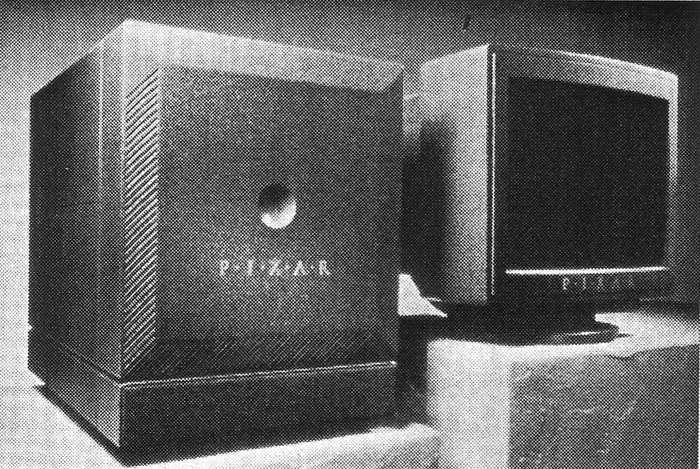 Pixar Animation Studios
Pixar Animation Studios -
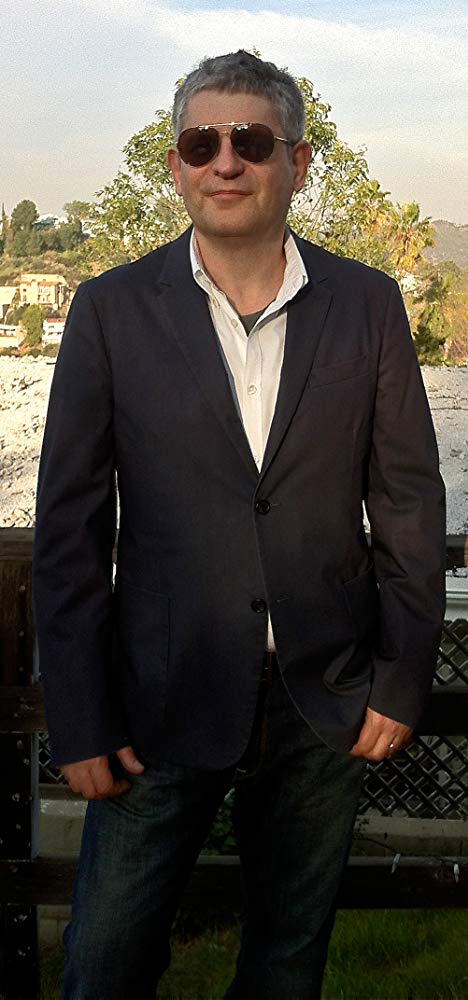 Jacques Stroweis
Jacques Stroweis -
 Alexander Schure
Alexander Schure -
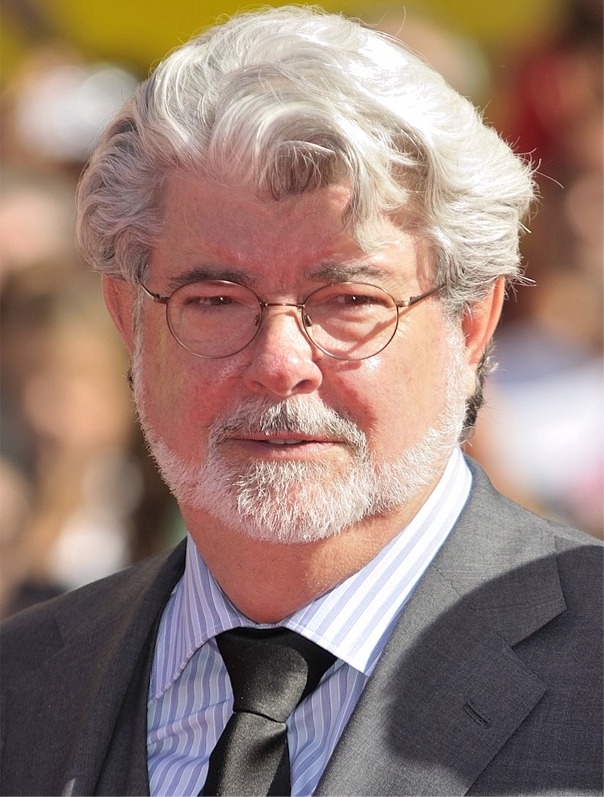 George Lucas
George Lucas -
 Ken Wesley
Ken Wesley -
 Edwin Catmull
Edwin Catmull -
 David DiFrancesco
David DiFrancesco -
 Alvy Ray Smith
Alvy Ray Smith -
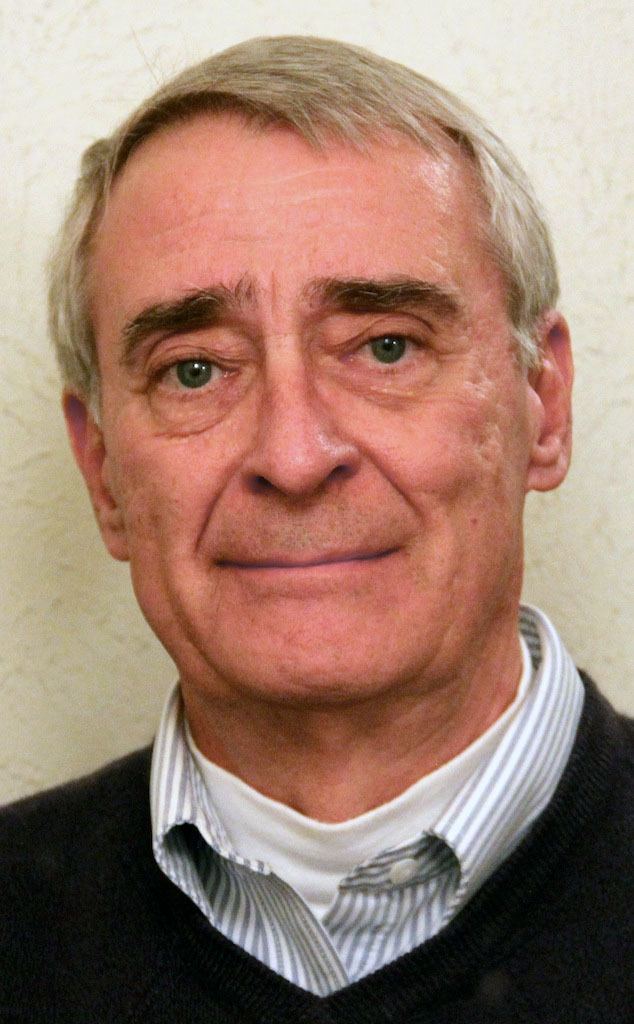 Frederic Parke
Frederic Parke -
 Rebecca Allen
Rebecca Allen -
 Lance J. Williams
Lance J. Williams -
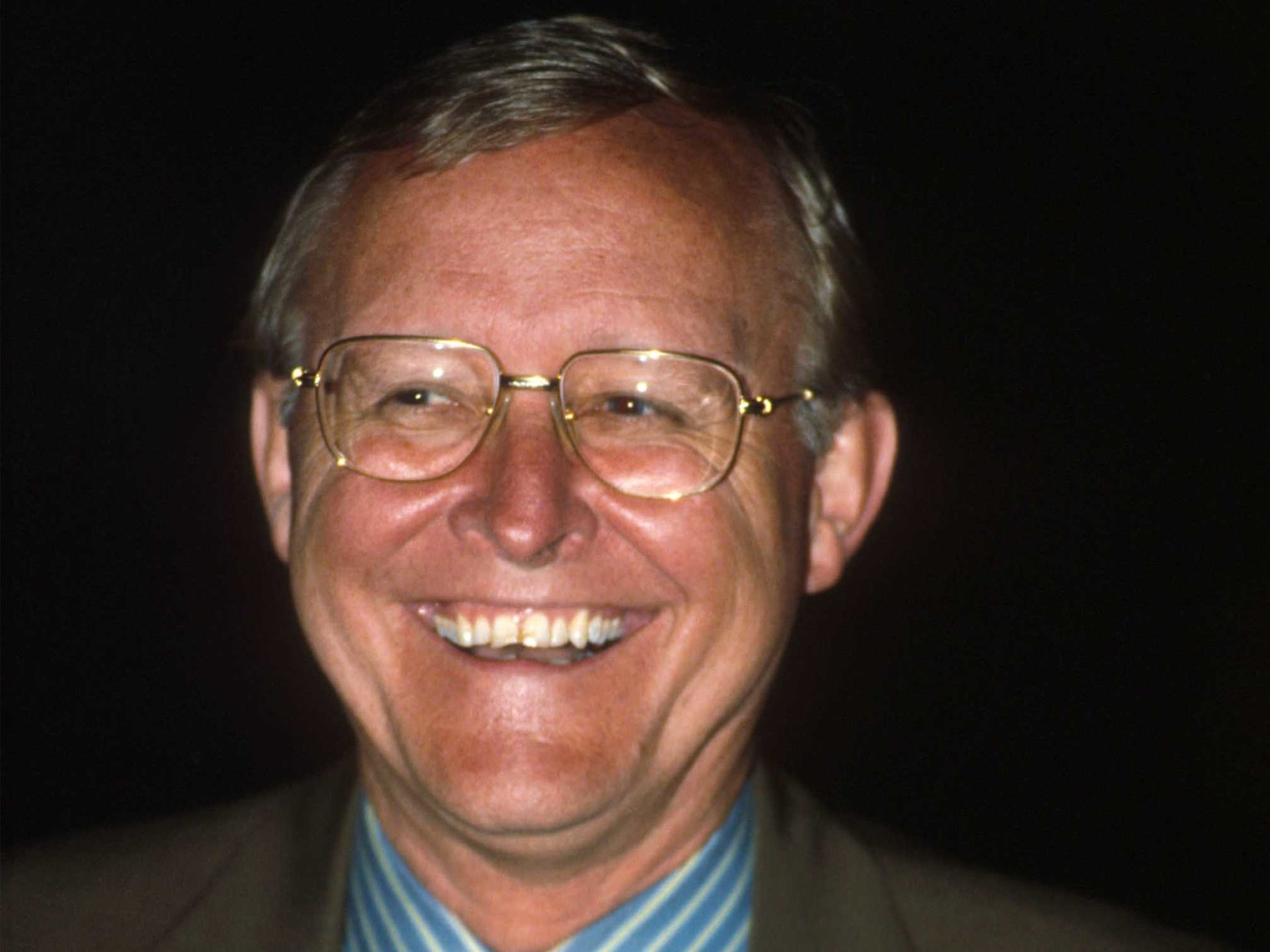 James ( Jim ) Clark
James ( Jim ) Clark -
 Tom Duff
Tom Duff -
 Garland Stern
Garland Stern
Summer intern
Jim Blinn even worked at the CGL as a summer intern in 1976.
Strangest job title ever
Alvy Ray Smith would later accidently come across an organization chart for the lab put together by Dr. Shure. Ed Catmull was running the lab of course but there where people listed above and below him that no one had even heard of. Alvy was particularly amused to find that his official title was 'Information Quanta'. A term very much in keeping with Dr. Schure's somewhat unique, and non-standard form of communicating.
Fun Factoid! ( VAX almost smashed! )
VAX ALMOST SMASHED! In fact, the VAX almost never made it inside the building, if not for Alvy Ray Smith's quick actions. It seems that when the computer was just lowered off the back of the delivery truck, another truck parked behind and uphill had its brakes slip, which started it rolling towards the brand new machine. Alvy quickly jumped in the driver-less truck and stopped it just before it could smash the VAX back into the very truck it was just unloaded from.
Ed, Alvy and David : first hardware and software
Ed Catmull had just finished his Ph.D. at Utah and taken a job at a CAD/CAM company called Applicon. It was not a hard sell to get Ed to leave Applicon for NYIT however, so he and fellow Utah graduate Malcolm Blanchard packed their bags for New York. Alvy Ray Smith and David DiFrancesco (both fresh from Xerox PARC) joined the team a few months later in what was called the 'Gerry Mansion'. Alvy and David had heard of Dr. Schure's plans from Martin Newell at Utah (whom Alex had just hired briefly as a consultant). Dr. Schure had recently come through Utah and literally ordered 'one of everything' to jump start his NYIT project. Some of this equipment included a DEC PDP-11, a new E&S LDS-1 and the first random access frame buffer also from E&S. Later, the CGL group would also receive the very first commercial VAX
Tubby The Tuba
At this same time as the CGL was up and running, Alex had about 100 traditional animators working on a film called 'Tuby The Tuba' [ MORE INFO NEEDED ]
"The Works"
"The Works is a shelved 3D computer animated film which was under development by the staff of the Computer Graphics Lab in association with the New York Institute of Technology in Old Westbury, New York. Being worked on sporadically from 1979 to 1986"
2D was king
Ed Catmull's Tween, Alvy Ray Smith's Paint program, and the 2D animation program SoftCel, all were in keeping with the original charter of the CGL, which was 2D CG. There were also many breakthroughs in image techniques involving fractals, morphing, image compositing, and Mip-Map texture mapping and many others. Key to this pioneering effort was the seemingly unlimited financing evidenced by Alex Schure. One such example took place when Alvy Ray Smith spoke with Alex about how good it might be to have not just the one, but three frame buffers. This way, Alvy explained, the three 8bit buffers could be combined to create the first RGB color frame buffer ever! Sometime later Alex not only delivered the two additional frame buffers, but an additional 3, which gave the CGL team a grand total of 6. ("Enough for two of those RGB things" said Alex.) At $60,000 each (plus the $80,000 for the first) what this meant in today's dollars was that on a simple request, Alex had just delivered about $2million worth of equipment.
Notable "firsts"
The CGL quickly attracted other technology experts and artists, including Christy Barton(from E&S), Tom Duff, Lance Williams, Fred Parke, Garland Stern, Ralph Guggenheim, Ed Emshwiller, and many others. Throughout the 1970s, the people of the CGL thrived in a pioneering spirit, creating milestones in many areas of graphic software. Many of the 'firsts' that happened at NYIT were based on the development of the first RGB full color (24bit) raster graphics. A few of the more notable 'firsts': - First RGB anything (because they had the first RGB framebuffers in the world). - First RGB paint program (Paint by Alvy Ray Smith). - First soft-edged fill (Alvy Ray again). - First computer-controlled video editing. First TV commercial with raster graphics (Lance, I think, or maybe it was Ephraim Cohen). - First pixel dissolve. - First networked computer system (Christy rolled our own for us). - The alpha channel is invented by Ed Catmull and Alvy Ray Smith. - First hidden surface algorithm within a pixel (Ed). - Lance Williams invented mipmapping (texture mapping is still done this way today). - Garland Stern implemented the first scan and paint system (this is how the Disney/Pixar CAPS system now makes 2D animation - different system but same idea).
Jacques Stroweis
Jacques Stroweis (1983-87): "I was in charge of winged-edge modeling tools and developed boolean operations on models with Pat Hanrahan. We co-authored 'Spatial Set Operations on Manifolds' for the SIAM Conference on Geometric Modeling and Robotics, Albany, NY, 1985. My animation film 'Intangible Biomorphs,' a tribute to the surrealist painter Yves Tanguy, used the modeling tools that we developed at NYIT CGL and debuted in 1987, along with Pixar's 'Luxo Jr.', at the Annecy Film Festival."
People ...
A partial list of the people and their work at NYIT-CGL include : Jim Blinn (MAT:yacc based modeling language), Jim Clark (E&S picture library), Lance Williams (Z-buffer and texture mapping, DEKINK: anialiasing, etc.), Tom Duff (SOID, Z-buffered quadratic surface rendering, MAT, etc), Garland Stern (BBOP interactive animation system), Dick Lund, Ephraim Cohen, Thad Beier, Mike Chou, Frank Crow, Andrew Glassner, Tom Sherm, Robert McDermott, John Schlag, Paul Heckbert, Fred Parke, John Lewis, Peter Oppenheimer, Ned Greene, Jules Bloomenthal, Kevin Hunter, Pat Hanrahan, David Sturman, Tom Brigham, Tracy Peter, Mike Kowalski, Carter Burwell ... See CG101 for details.
In 1974 Dr. Alexander Schure, a wealthy entrepreneur, began to assemble the Computer Graphics Laboratory (CGL) at the New York Institute of Technology. His vision was to create a feature length animated film, with the aid of the days most sophisticated computer graphics techniques. NYIT itself was founded by Dr. Schure, with grounds encompassing numerous estates situated in the beautiful wooded hillsides of Old Westbury New York. Some of these estates were owned by members of the Rockefeller family, who also happened to have a seat on the board of Evans & Sutherland. Because of the close association of E&S with the University of Utah, Dave Evans recommended to Alex to seek out Edwin Catmull to head the new CGL.
